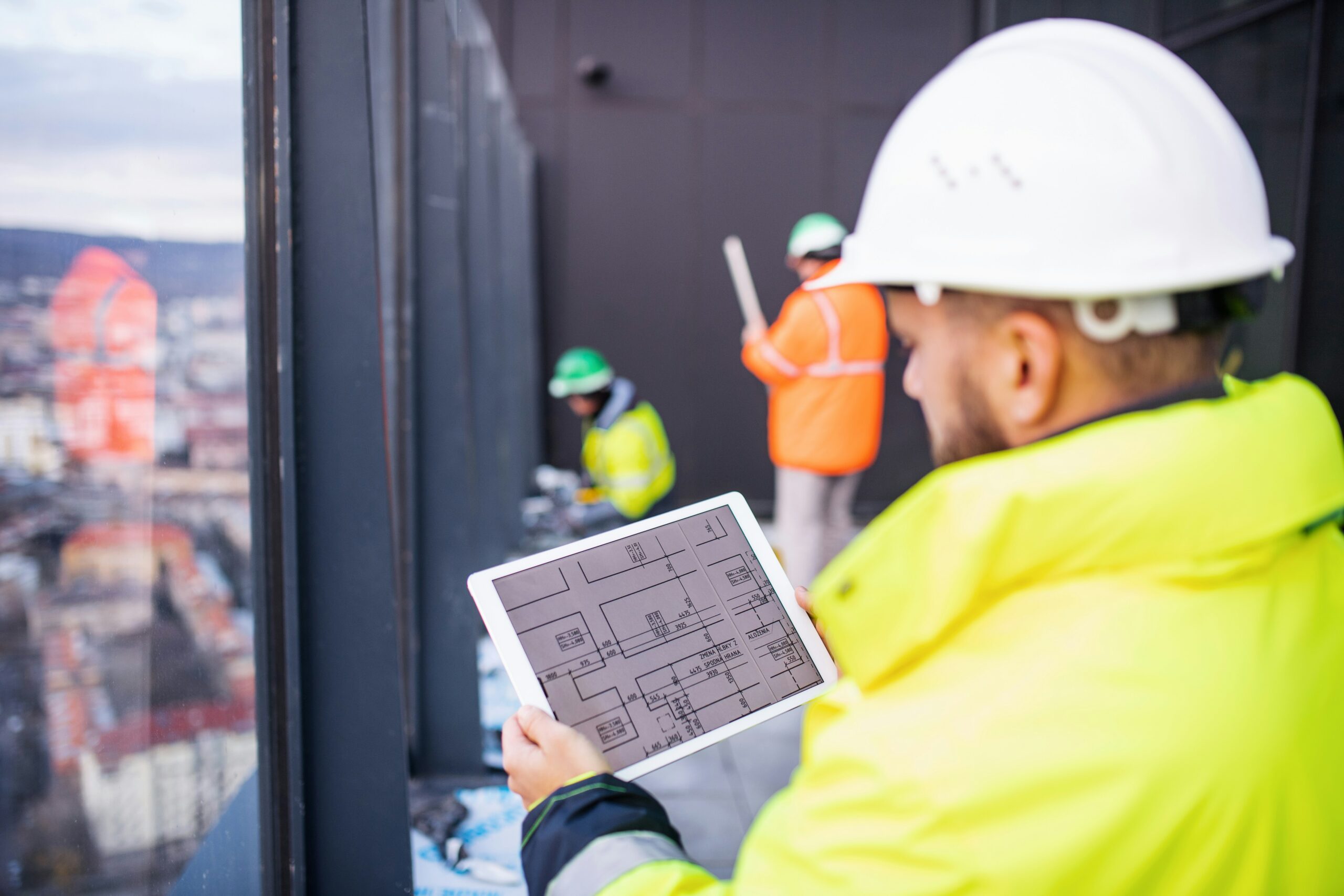
Structural engineering is a blend of creativity and precision. While it heavily relies on scientific principles, the discipline is also an art form that involves innovative thinking and problem-solving. Contemporary projects demand an understanding of advanced techniques, materials, and technologies that push the boundaries of design, sustainability, and safety. From towering skyscrapers to intricate bridges, the role of structural engineers is crucial in shaping our built environment. This article explores how the art and science of structural engineering intersect in modern construction and what makes these projects both exciting and challenging.
The Role of Structural Engineering in Modern Construction
In the fast-paced world of modern construction, structural engineering plays a pivotal role in ensuring that buildings and infrastructure are safe, durable, and functional. Engineers begin by interpreting the project’s needs and translating them into feasible designs that can withstand environmental forces such as wind, earthquakes, and load-bearing stress. Through careful planning, they determine how to distribute forces across structures, ensuring stability and safety. As such, structural engineers collaborate closely with architects and other specialists to balance aesthetics with function.
Moreover, modern engineering tools and software have revolutionized the way structural engineers approach their tasks. With advanced simulations, engineers can model how a structure will behave under various conditions, reducing the risks associated with trial-and-error methods. This technological advancement also enables more efficient designs, allowing engineers to predict potential issues and correct them before construction begins. Transitioning from traditional techniques to cutting-edge technologies has increased precision and efficiency. Allowing for faster, safer, and more cost-effective project completions.
Material Innovations and Sustainability
One of the most exciting aspects of contemporary structural engineering is the development of new materials that contribute to the sustainability and efficiency of construction projects. Over the years, engineers have increasingly turned to environmentally friendly materials such as recycled steel, bamboo, and high-strength concrete. These materials are not only strong but also lighter, which can reduce the overall energy consumption in construction. Furthermore, they help minimize the carbon footprint of a project, making it more aligned with green building standards.
As sustainability becomes a key priority in construction, structural engineers are constantly seeking innovative solutions that align with environmental goals. For instance, the use of solar panels, rainwater harvesting systems, and energy-efficient HVAC systems is often integrated into the structural framework of modern buildings. The integration of these technologies requires careful planning, ensuring that all components work harmoniously. Engineers must take into account the long-term impacts of these design choices, ensuring that structures are energy-efficient while also minimizing waste during both construction and throughout the building’s life cycle.
Challenges in Contemporary Structural Engineering
While contemporary structural engineering offers numerous opportunities for innovation, it also presents several challenges. For example, the increasing complexity of architectural designs often demands structures that are both unique and highly specialized. This requires engineers to develop new techniques to meet these intricate requirements. Additionally, global trends such as urbanization have led to taller and more densely packed buildings, which pose additional challenges in terms of ensuring stability and safety.
Another major challenge is the unpredictability of natural disasters. As climate change intensifies, structural engineers must design buildings that can withstand extreme weather conditions such as floods, earthquakes, and hurricanes. This often involves adopting resilient materials and building techniques that have a higher tolerance for extreme environmental conditions. Moreover, engineers must work within tight budget and time constraints, which can sometimes limit the scope of design possibilities. Despite these obstacles, structural engineers continue to push the envelope. Designing innovative solutions that meet the needs of the modern world.
The Intersection of Art and Science in Design
While the scientific aspects of structural engineering are essential to the discipline, the creative elements should not be overlooked. Structural engineers must think outside the box to solve complex design problems, balancing function with beauty. The concept of form follows function plays a significant role in modern architecture, and engineers often collaborate with architects to ensure that a structure is not only safe and efficient but also visually striking.
The use of advanced software tools and computational design has opened up new possibilities for creativity in structural design. Engineers now can create highly complex geometries that were once considered unfeasible. For instance, curved surfaces, undulating facades, and intricate lattice designs are now possible thanks to innovations in both materials and computational techniques. These developments allow engineers to push the boundaries of what is possible, enabling them to bring imaginative architectural visions to life. As a result, the relationship between engineering and design has become increasingly symbiotic. Resulting in structures that are both functional and visually appealing.
The Future of Structural Engineering
Looking ahead, the future of structural engineering is likely shaped by ongoing advancements in technology, materials, and sustainable practices. With the rise of smart cities and the increasing demand for eco-friendly buildings, structural engineers will be tasked with designing intelligent structures that integrate seamlessly with their environments. This could include buildings that adjust to weather conditions, optimize energy use, and even communicate with other systems in real-time.
Furthermore, innovations such as 3D printing and robotics are expected to transform the way structures are built. 3D printing could allow for the rapid prototyping of complex building components, potentially reducing construction time and costs. Meanwhile, robotics may enable more precise and efficient construction techniques, particularly in hazardous environments or where human labor is limited. These technologies, in combination with advanced materials, will likely usher in a new era of structural engineering, one where the possibilities for innovation are limitless.
The art and science of structural engineering are crucial in the development of contemporary projects. As technology continues to evolve, structural engineers will play an even more significant role in shaping the future of our built environment. Whether it is designing sustainable buildings or pushing the limits of creative design. Structural engineering will continue to serve as the backbone of modern architecture, ensuring that our structures are both functional and beautiful.